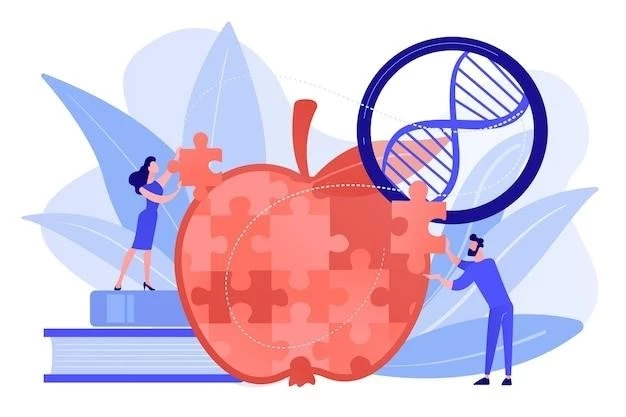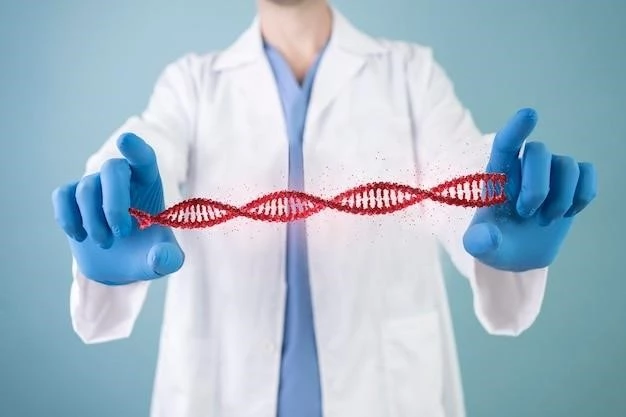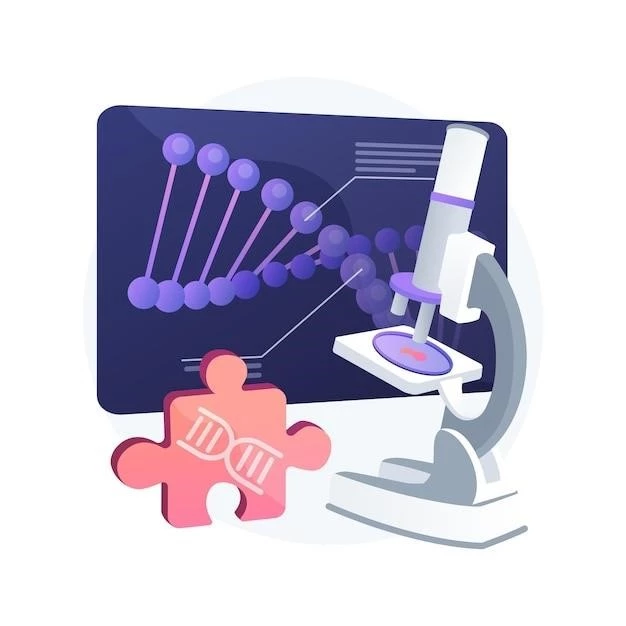Introduction to Nivelon-Nivelon-Mabille Syndrome
Hedgehog acyltransferase gene (HHAT)-associated Nivelon-Nivelon-Mabille syndrome (NNMS) is a rare genetic disorder with multiple system involvement‚ characterized by various clinical manifestations.
Definition and Background
Nivelon-Nivelon-Mabille Syndrome (NNMS) is an extremely rare autosomal recessive genetic disorder characterized by microcephaly‚ cerebellar vermis hypoplasia‚ skeletal dysplasia‚ and distinctive facial features. The syndrome is primarily caused by mutations in the Hedgehog Acyltransferase Gene (HHAT) leading to various systemic abnormalities and developmental anomalies. Individuals with NNMS may present with a spectrum of symptoms including intellectual disability‚ seizures‚ and reproductive anomalies. Research continues to focus on understanding the underlying molecular mechanisms and potential therapeutic interventions for this complex syndrome.
Genetic Basis of Nivelon-Nivelon-Mabille Syndrome
Nivelon-Nivelon-Mabille Syndrome (NNMS) is primarily caused by mutations in the Hedgehog Acyltransferase Gene (HHAT). These mutations lead to various systemic abnormalities and developmental anomalies.
Hedgehog Acyltransferase Gene (HHAT) Mutations
Hedgehog acyltransferase gene (HHAT) mutations are the primary genetic cause of Nivelon-Nivelon-Mabille Syndrome (NNMS). These mutations lead to a spectrum of clinical manifestations‚ including microcephaly‚ cerebellar vermis hypoplasia‚ skeletal dysplasia‚ and various systemic abnormalities. Research has focused on understanding the impact of these mutations on developmental pathways and potential therapeutic targets.
Clinical Features of Nivelon-Nivelon-Mabille Syndrome
Nivelon-Nivelon-Mabille Syndrome is characterized by microcephaly‚ cerebellar vermis hypoplasia‚ skeletal dysplasia‚ and other notable facial and musculoskeletal abnormalities.
Common Symptoms and Phenotypes
Nivelon-Nivelon-Mabille Syndrome (NNMS) commonly presents with progressive microcephaly‚ cerebellar vermis hypoplasia‚ skeletal dysplasia‚ intellectual disability‚ facial dysmorphism‚ and early-onset seizures. Additional features may include muscle spasms‚ reproductive anomalies‚ and characteristic musculoskeletal abnormalities. The syndrome is associated with mutations in the Hedgehog Acyltransferase Gene (HHAT)‚ which play a crucial role in the development of various systemic abnormalities observed in individuals with NNMS.
Diagnosis and Molecular Analysis
Diagnosis of Nivelon-Nivelon-Mabille Syndrome typically involves molecular analysis to identify mutations in the Hedgehog Acyltransferase Gene (HHAT). This genetic analysis plays a crucial role in confirming the presence of the syndrome and understanding its underlying molecular basis.
Identification of Missense Mutations in HHAT Gene
Researchers have identified specific missense mutations in the Hedgehog Acyltransferase Gene (HHAT) in individuals with Nivelon-Nivelon-Mabille Syndrome. These mutations play a crucial role in the pathogenesis of the syndrome and provide insights into potential targeted therapeutic interventions.

Case Studies and Research Findings
Studies have identified specific missense mutations in the Hedgehog Acyltransferase Gene (HHAT) in individuals with Nivelon-Nivelon-Mabille Syndrome‚ shedding light on the genetic basis of the syndrome.
Studies on Siblings and Consanguineous Families
Studies on siblings and consanguineous families have identified specific missense mutations in the Hedgehog Acyltransferase Gene (HHAT) responsible for Nivelon-Nivelon-Mabille Syndrome. Research on affected individuals sheds light on the genetic underpinnings of the syndrome.
Management and treatment strategies for Nivelon-Nivelon-Mabille Syndrome typically involve a multidisciplinary approach addressing the diverse clinical manifestations associated with the syndrome. These approaches aim to alleviate symptoms‚ improve quality of life‚ and provide supportive care tailored to the individual needs of patients.
Management and Treatment Approaches
Management and treatment strategies for Nivelon-Nivelon-Mabille Syndrome typically involve a multidisciplinary approach addressing the diverse clinical manifestations associated with the syndrome. These approaches aim to alleviate symptoms‚ improve quality of life‚ and provide supportive care tailored to the individual needs of patients.
Prognosis and Long-Term Outcomes
The prognosis for individuals with Nivelon-Nivelon-Mabille Syndrome varies based on the severity of associated symptoms and management interventions. Long-term outcomes may be influenced by the extent of supportive care and treatment strategies implemented to address the diverse clinical manifestations of the syndrome.
Impact on Quality of Life and Lifespan Expectancy
The impact of Nivelon-Nivelon-Mabille Syndrome on quality of life and lifespan expectancy is influenced by the severity of symptoms‚ management strategies‚ and the effectiveness of supportive care provided to individuals affected by the syndrome. Understanding the holistic implications of the syndrome is vital for optimizing outcomes and enhancing the well-being of patients.
Differential Diagnosis of Nivelon-Nivelon-Mabille Syndrome
When considering differential diagnoses for Nivelon-Nivelon-Mabille Syndrome‚ healthcare providers must distinguish it from related disorders such as chondrodysplasia‚ adult syndrome‚ and ancylostomiasis. The key genetic marker associated with NNMS is the Hedgehog Acyltransferase Gene (HHAT)‚ providing a definitive identification method for this rare genetic condition.
Distinguishing Features from Similar Syndromes
Nivelon-Nivelon-Mabille Syndrome (NNMS) can be distinguished from related conditions such as chondrodysplasia‚ adult syndrome‚ and ancylostomiasis by specific clinical and genetic features. The presence of missense mutations in the Hedgehog Acyltransferase Gene (HHAT) is a key distinguishing factor in diagnosing NNMS and differentiating it from other syndromes with overlapping phenotypes.
Current Research and Future Directions
Current research on Nivelon-Nivelon-Mabille Syndrome focuses on the identification of specific missense mutations in the Hedgehog Acyltransferase Gene (HHAT) to understand the molecular underpinnings of the syndrome. Future directions include exploring targeted therapeutic interventions based on these genetic findings to improve patient outcomes.
Advances in Understanding the Pathophysiology of NNMS
Recent advances in understanding the pathophysiology of Nivelon-Nivelon-Mabille Syndrome (NNMS) have centered around the identification of specific missense mutations in the Hedgehog Acyltransferase Gene (HHAT). These findings have contributed significantly to unraveling the molecular mechanisms underlying the syndrome and are instrumental in guiding future research directions towards targeted therapeutic strategies.
Genetic Counseling and Family Support
Individuals diagnosed with Nivelon-Nivelon-Mabille Syndrome may benefit from genetic counseling services to understand the hereditary nature of the syndrome and its implications for family members. Additionally‚ providing comprehensive family support is crucial in addressing the complex challenges associated with managing the syndrome.
Importance of Genetic Testing and Counseling Services
Genetic testing and counseling services play a vital role in the management of Nivelon-Nivelon-Mabille Syndrome. By offering individuals and families insights into the genetic basis of the syndrome‚ these services enable informed decision-making‚ facilitate understanding of inheritance patterns‚ and provide support for coping with the implications of the condition within the family unit.
Global Epidemiology and Prevalence
Nivelon-Nivelon-Mabille Syndrome (NNMS) is a rare genetic disorder characterized by microcephaly‚ cerebellar vermis hypoplasia‚ and skeletal dysplasia. The syndrome is primarily caused by mutations in the Hedgehog Acyltransferase Gene (HHAT) and has a prevalence of less than 1 in 1‚000‚000 individuals worldwide. The condition manifests with a myriad of clinical features‚ including intellectual disability‚ facial dysmorphism‚ and profound growth abnormalities.
Incidence Rates and Geographic Distribution
Nivelon-Nivelon-Mabille Syndrome (NNMS) is a rare genetic disorder with an estimated prevalence of less than 1 in 1‚000‚000 individuals worldwide. The syndrome has been reported in various geographic regions‚ and research is ongoing to understand its incidence rates and distribution among different populations.
Ethical Considerations in Managing NNMS
Ensuring ethical considerations in the management of Nivelon-Nivelon-Mabille Syndrome involves addressing issues related to genetic testing accuracy‚ patient privacy‚ autonomy in decision-making‚ and the provision of comprehensive and compassionate care to individuals and families affected by the syndrome.
Addressing Ethical Issues Surrounding Genetic Disorders
Addressing ethical issues surrounding genetic disorders like Nivelon-Nivelon-Mabille Syndrome involves considerations of patient autonomy‚ confidentiality‚ informed consent‚ and the equitable distribution of healthcare resources. It is imperative to navigate these complex ethical dilemmas with compassion‚ respect‚ and adherence to professional standards to ensure the well-being and dignity of individuals affected by genetic conditions.
Public Awareness and Advocacy Efforts
Public awareness and advocacy efforts play a crucial role in raising visibility for Nivelon-Nivelon-Mabille Syndrome. By increasing knowledge about the condition‚ advocating for research funding‚ and supporting affected individuals and their families‚ these initiatives contribute to a more comprehensive understanding of the syndrome and promote inclusivity and support within the community.
Promoting Awareness and Support for Individuals with NNMS
Enhancing public awareness and advocacy efforts for Nivelon-Nivelon-Mabille Syndrome (NNMS) is essential to offer comprehensive support to individuals and families affected by the syndrome. By raising awareness‚ advocating for resources‚ and fostering a supportive community‚ initiatives aim to empower affected individuals‚ promote understanding‚ and improve the quality of life for those living with NNMS.
Collaborative Efforts in NNMS Research
Collaborative efforts in researching Nivelon-Nivelon-Mabille Syndrome focus on identifying missense mutations in the Hedgehog Acyltransferase Gene (HHAT) to advance understanding of the syndrome’s genetic basis and develop targeted therapeutic interventions.
Multidisciplinary Approaches for Studying and Treating NNMS
Implementing multidisciplinary approaches in studying and treating Nivelon-Nivelon-Mabille Syndrome (NNMS) involves collaborating across medical specialties to comprehensively address the complex clinical features of the syndrome. By integrating expertise from genetics‚ neurology‚ endocrinology‚ and other fields‚ researchers and healthcare professionals can develop holistic management strategies tailored to the specific needs of individuals with NNMS.

Conclusion and Final Remarks
Understanding the genetic basis of Nivelon-Nivelon-Mabille Syndrome through research on missense mutations in the HHAT gene provides valuable insights for targeted interventions and enhanced patient care. Collaborative efforts across disciplines are imperative for advancing knowledge and improving outcomes for individuals affected by NNMS.
Summary of Key Findings and Implications for Clinical Practice
The identification of missense mutations in the Hedgehog Acyltransferase Gene (HHAT) in Nivelon-Nivelon-Mabille Syndrome (NNMS) has significant implications for clinical practice. Understanding the genetic basis of NNMS allows for targeted interventions and personalized treatment strategies‚ emphasizing the importance of multidisciplinary collaboration to optimize patient care and outcomes.
